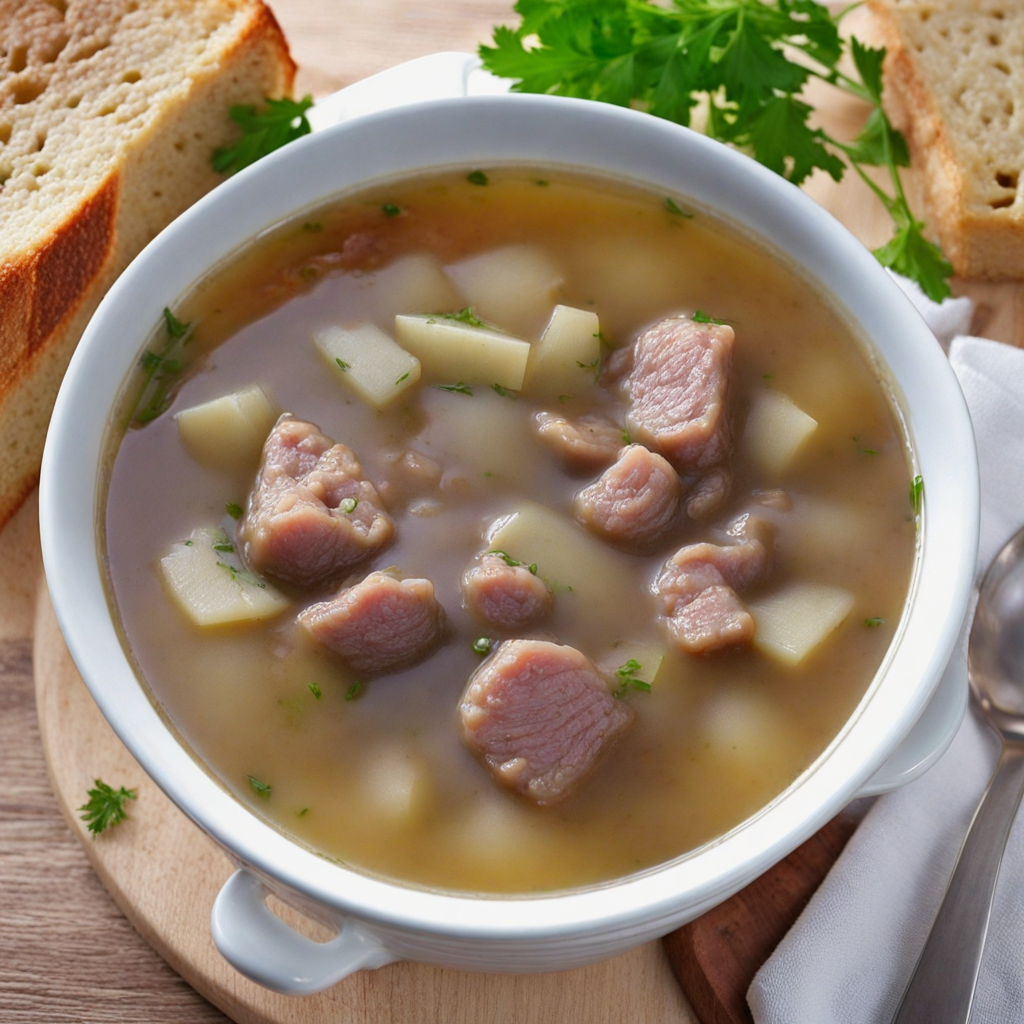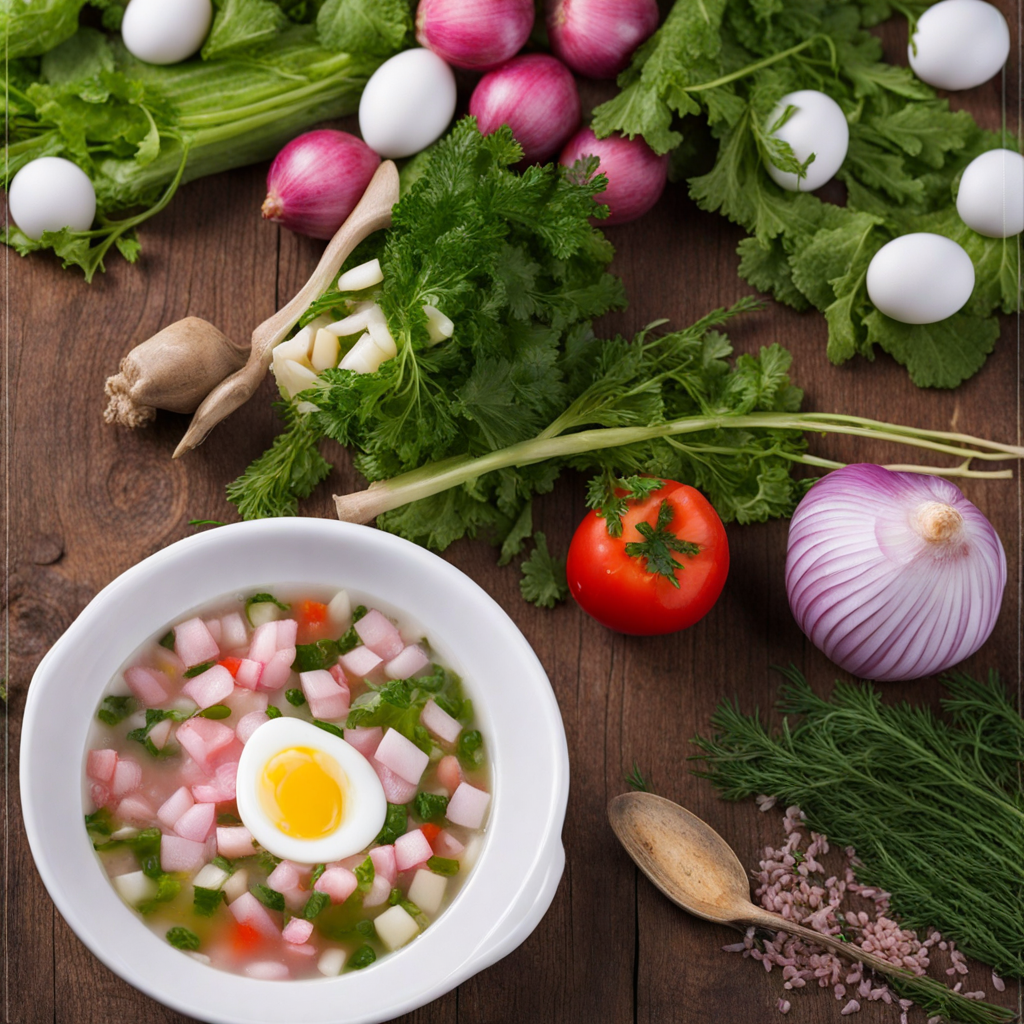Blini
Blini are traditional Russian pancakes that hold a special place in the country's culinary heritage. Typically made from a batter of wheat or buckwheat flour, eggs, milk, and a pinch of salt, these delightful treats can be thin and crepe-like or thicker and fluffier, depending on the recipe and regional variations. The process of making blini often involves letting the batter rise, resulting in a light and airy texture that complements their slightly nutty flavor. Served warm, they can be enjoyed in a variety of ways, making them a versatile dish that suits any meal of the day. What makes blini particularly enticing is their adaptability to both sweet and savory fillings. For a classic experience, blini are often paired with sour cream, caviar, smoked salmon, or sautéed mushrooms, creating a rich and satisfying flavor profile. Alternatively, they can be filled with sweet ingredients like jam, honey, or fresh fruits, offering a delightful contrast to the savory options. This versatility not only showcases the blini's unique texture but also allows for endless creativity in the kitchen, appealing to diverse palates. In Russia, blini are more than just a food; they are often associated with celebrations and cultural traditions. They are a staple during Maslenitsa, a festival marking the end of winter, where people come together to enjoy these delicious pancakes in a spirit of community and festivity. Whether enjoyed at a festive gathering or a cozy breakfast at home, blini provide a warm, comforting experience that invites exploration of Russian flavors and culinary customs.
How It Became This Dish
The History of Bliny: Russia's Beloved Crepes Origins: A Culinary Tradition Rooted in Antiquity The history of bliny, or Russian pancakes, is as rich and layered as the dish itself. The origins of bliny can be traced back to ancient Slavic tribes, where they were likely prepared from simple ingredients like flour, water, and salt. The earliest forms of these pancakes were made with rye or buckwheat flour, reflecting the grains that were locally available and commonly used in early Slavic diets. Bliny are believed to have originated as a pagan food, often associated with the rituals of the Slavic spring festival known as Maslenitsa. This celebration marked the end of winter and the beginning of spring, a time when people would prepare bliny as offerings to the sun. The circular shape of the pancakes symbolized the sun—an emblem of warmth, renewal, and fertility. In these ancient times, bliny were not just a dish; they were imbued with spiritual significance, reflecting the interplay between food and cultural beliefs. Cultural Significance: A Symbol of Unity and Abundance As centuries passed, bliny became an integral part of Russian culture and cuisine. During the Christianization of Russia in the 10th century, the pagan festival of Maslenitsa was adapted into a week-long celebration leading up to Lent. The consumption of bliny became a way to indulge before the fasting period, and they became a staple food for the holiday. The act of making and sharing bliny during Maslenitsa fostered community and family bonds, as people gathered to celebrate the transition of seasons and the return of the sun. Bliny are often considered a symbol of hospitality in Russian culture. It is customary for hosts to offer bliny to guests, signifying welcome and abundance. The dish is versatile; it can be served with a variety of fillings and toppings, ranging from sweet to savory. Traditionally, bliny are served with sour cream, butter, caviar, smoked salmon, or jam, depending on the occasion and personal preference. This adaptability has allowed bliny to maintain their status as a beloved comfort food across generations. Development Through the Ages: From Peasant Food to Culinary Icon Throughout the centuries, bliny evolved alongside Russian society. In the 17th and 18th centuries, as trade and cultural exchange flourished, the recipe for bliny began to incorporate new ingredients. Wheat flour became more common, contributing to the light and delicate texture of modern bliny. The introduction of yeast also transformed the way bliny were prepared, leading to a puffier, fluffier version known as "yeast bliny." This evolution reflected broader changes in Russian agriculture and culinary practices, as the kitchen became an arena for experimentation and innovation. With the rise of the Russian Empire and increased exposure to European culinary traditions, bliny began to be served in more elaborate ways. The aristocracy embraced bliny as a luxurious dish, often filling them with rich ingredients such as mushrooms, berries, or sweetened cottage cheese. By the 19th century, bliny had firmly established themselves in the Russian culinary canon and were featured in high-society banquets and gatherings. The 20th century brought significant changes to Russia, both politically and socially, which influenced the preparation and consumption of bliny. During the Soviet era, bliny became a symbol of the people's resilience. They were a staple food in households across the country, often made with whatever ingredients were available due to rationing and scarcity. Home cooks became adept at preparing bliny with alternative flours and fillings, showcasing their resourcefulness. Modern-Day Bliny: A Culinary Renaissance Today, bliny continue to be a cherished dish in Russia and beyond. They have transcended their humble origins, finding a place on both street vendor carts and upscale restaurants. The contemporary culinary scene has seen a resurgence of interest in traditional Russian foods, with chefs experimenting with bliny in innovative ways. Fusion recipes have emerged, featuring diverse fillings that reflect global influences, such as spicy kimchi or creamy avocado. In addition to their culinary versatility, bliny have also become a canvas for artistic expression. Chefs and home cooks alike take pride in their ability to create beautifully presented dishes, often pairing bliny with seasonal ingredients or gourmet toppings. This evolution has transformed bliny from a simple comfort food into a sophisticated culinary experience. Bliny in Popular Culture: A Symbol of Russian Identity Bliny have also found their way into Russian literature, art, and folklore, further cementing their status as a cultural icon. They are often depicted in stories and songs as symbols of home, warmth, and community. The phrase "Blin, what a surprise!" has become part of colloquial Russian, demonstrating how deeply embedded bliny are in the national consciousness. The global diaspora of Russians has introduced bliny to new audiences, with Russian expatriates sharing their culinary traditions and recipes with the world. In many countries, bliny have become a popular dish among those seeking comfort food or a taste of cultural heritage. International food festivals often feature bliny, showcasing the dish's adaptability and appeal across culinary traditions. Conclusion: A Legacy of Flavor and Tradition The history of bliny is a testament to the enduring power of food as a reflection of culture and identity. From their ancient origins as a pagan offering to their current status as a beloved symbol of hospitality and community, bliny have evolved with the times while retaining their essential character. As a dish that transcends generations and borders, bliny serve not only as a delicious meal but also as a bridge connecting people to their heritage, traditions, and each other. Whether enjoyed at a festive gathering or in the warmth of a family kitchen, bliny remain a cherished part of Russian culture—one pancake at a time.
You may like
Discover local flavors from Russia







